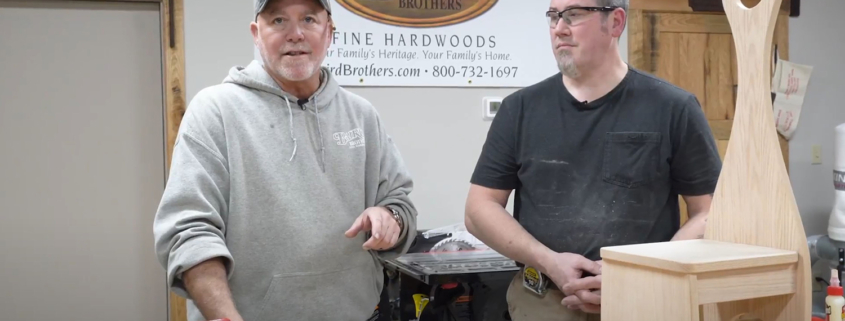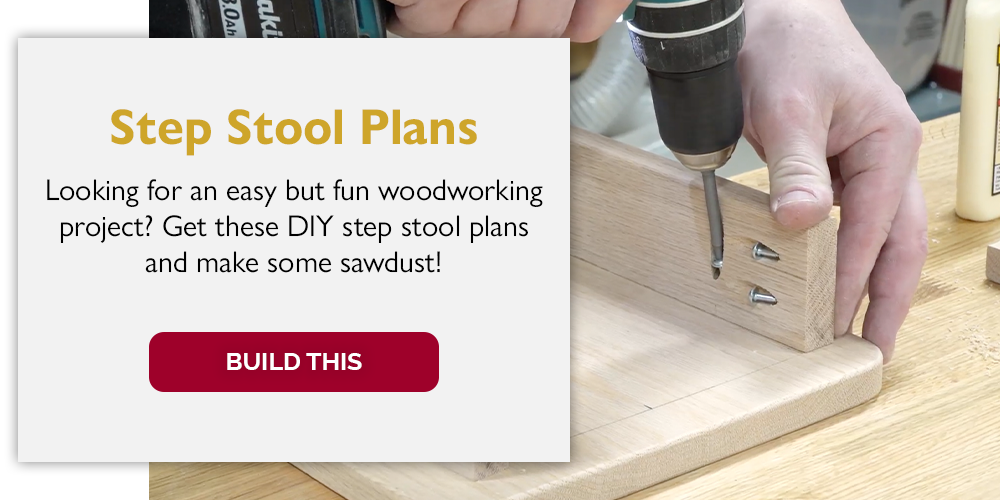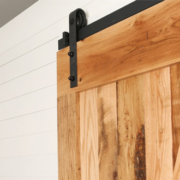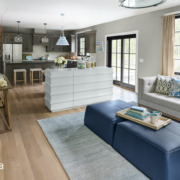Wooden Step Stools: What You Need to Know Before You Start Your DIY Project
Step stools are simple: they give you a boost in height when you need it most! Building your own step stool lets you customize every inch, making it a unique gift or an item that can be handed down through generations.
In fact, wooden step stools are great accessory items that can be designed to fit the existing pieces of furniture you already own! They’re easy to make and can be constructed out of different wood species — ranging from the most common to the most exotic.
Why DIY?
Beginners, listen up! If you want to learn a little bit about woodworking, look no further — this is the project for you!
While it can be tempting to take the easy route, and buy pre-built stools from Ikea or Amazon, building your own wood step stool puts the power in your hands.
Want it to match your home decor? Paint or stain it however you want! Want a folding step stool? Get some hinges and place them where they need to go! Hate the thought of bending over to pick up your stool? Add a long piece for a handle!
Footstools are easy-to-assemble for a beginner DIY project while still being a great way for an expert woodworker to show off. Building your own stool means that the way it looks is entirely up to you. Hardwoods are easily painted or stained, so color options are endless – something you definitely can’t find in a store!
(You can also easily add slip resistance by applying non-slip pads to the bottom of each leg. Anti-slip protection is of utmost importance, especially if the stool is intended for children.)
Materials for Your Stool
Step stools can help you reach all those pesky high places, like the kitchen cabinets or the top shelf of your closet. The options for step stools are also very versatile: wooden step stools, metal step stools, and even plastic step stools. However, there are benefits and drawbacks to using different materials for your step stool.
Metal Stools
The main argument against a metal stool is its weight. By nature, step stools should be easy to carry and move. Kitchen step stools are often stored in a separate closet instead of on the kitchen floor, so a heavy stool is troublesome to carry back and forth. And, while a heavy-duty metal material provides a safe step up, it is harder to carry it from place to place.
Kids’ step stools are used for younger children to easily reach places like the bathroom sink to brush their teeth or the kitchen counter to help with chores. With the added weight of metal, it’s harder for younger children to move the stool without dragging it (which can result in scratch marks on your floors).
Plastic Step Stools
Plastic step stools are popular because they’re easy to carry and often foldable. However, this lightweight material comes with other problems; while it still maintains the functionality needed to reach the top shelf, the load capacity is much less than that of metal or solid wood step stools.
It all boils down to the fact that plastic step stools can be flimsy without the ability to hold much weight. Plus, their legs are typically small and likely to slip on smooth surfaces like kitchen floors. (If you need a safety rail to safely use your step stool, it kind of defeats the purpose!)
Wood Stools
Wooden stools combine the benefits of metal and plastic. They are as sturdy as metal stools without as much weight, and they’re often used for toddler step stools thanks to their reliable load capacity.
Another benefit to a wooden stool is its aesthetic appeal. Wooden stools have a classy look to them (much more appealing than a cheap plastic stool). Bed step stools that sit next to a high bed typically stay put and can be handed down from generation to generation.
What Do You Need to Get Started?
What tools will you need to get working on your DIY wooden step stool? Well, obviously, the first thing you need is the wood! But you’ll need more than that to set your project up for success. While the specific set of tools needed depends on the project plans, there are some you can expect to need.
Common Project Tools
- Measuring Tape
- Combination Square
- Safety Glasses
- Miter saw
- Drill/Driver
- Sander
- Nails
- Wood Glue
- Clamps
*Remember, safety first! Don’t cut any wood parts without wearing safety glasses. Sawdust and wood pieces can fly from the saw and harm your eye.
Make sure to check specific project plans before you start to ensure that you have all the right tools for your project.
Common Types of Wood
Since step stool construction is fairly basic, one of the most important decisions to make is to decide what species of wood you’ll use. Stools need to be durable and handle pressure with no problem. Because of this, you want solid, high-quality hardwoods.
However, it’s important to keep in mind that the harder the wood, the harder it is to work with. Hardwoods that fall near the high end of the Janka Hardness Scale are more difficult to cut and join together. (Be sure to drill pilot holes for screws to prevent splitting the wood.)
Whether you want a single-step or two-step stool also affects the strength of the stool. With a basic construction, two steps will automatically make the stool more secure.
So what wood species should you use? Oak is a durable option for step ladders that are strong and hold up well to weathering. Poplar is another common choice because it is lightweight and can be painted.
Poplar
Poplar is a great choice for a painted wooden stool, which means the color possibilities are endless. It’s an especially nice choice for newer woodworkers because it’s a cost-efficient wood (that can be stained dark to resemble more expensive wood products) and it is very easy to work with.
Cherry
Cherry has beautiful aesthetic appeal and will come to life with just a layer of polyurethane or a light stain – cherry is also a favorite among veteran woodworkers thanks to its great workability.
Cherry sapwood has a lighter color while its heartwood has the classic reddish-brown color you’ve grown accustomed to. The right stain can blend these colors nicely while maintaining the grain pattern. Also, remember that cherry oxidizes over time when exposed to sunlight, so it will get darker as it ages.
Red Oak
Red oak has a very recognizable appearance. Plus, it stains beautifully, delivering the classic, traditional hardwood look (and depending on the type of stain used, it can even mimic the appearance of white oak).
At the end of the day, whatever wood you decide to use is entirely up to you. Baird Brothers Fine Hardwoods has lumber available in a wide range of species.
Give us a call if you have any questions or don’t know where to start! Our sales staff has the expertise to walk you through all the tough decisions so you can start your project with confidence.
Start Your Multi-Purpose Wooden Step Stool Project Today!
There are many benefits to building your own wooden step stool, including having a custom piece that you can be proud of!
Need a kitchen stool to reach that high shelf? Want a decorative element in the living room? By using beautiful hardwoods, your stool can become much more than just a small step. Before getting started on your next DIY project, be sure to checkout our Content Studio’s Build It With Baird projects and then shop the finest hardwood products at BairdBrothers.com!












